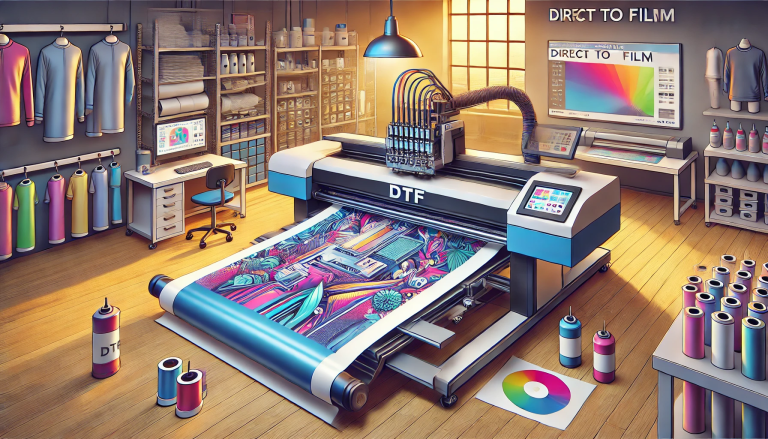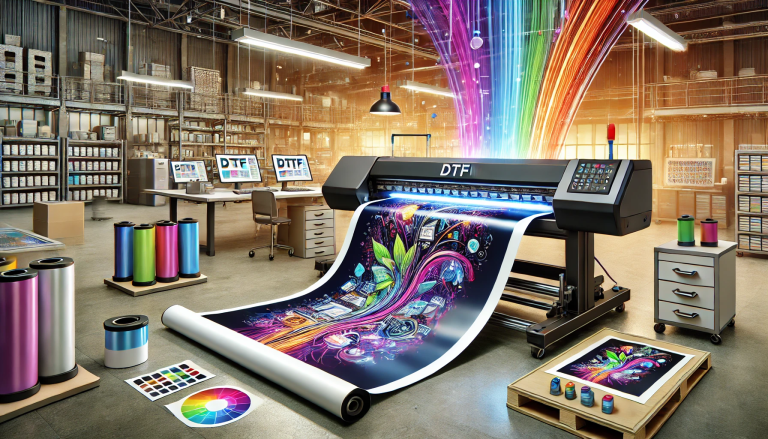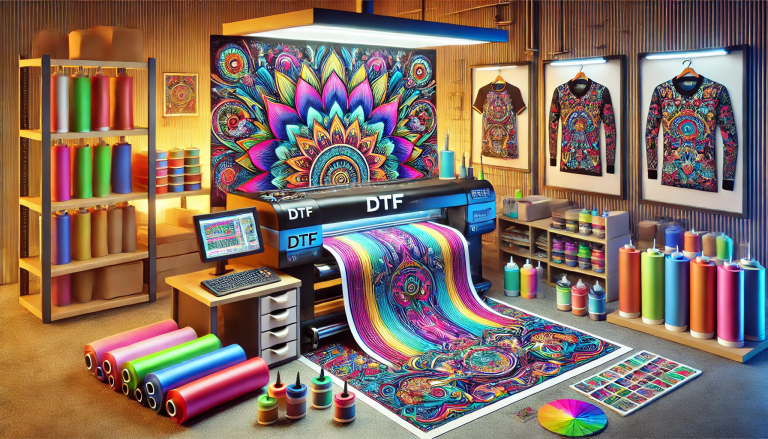“How to Use Reflective Vinyl DTF Transfer Film: Step by Step Guide” -MAXDTF- UV DTF Printing Paper Wholesale, DTF UV Decal Wholesale, Made in China
One of the most exciting developments in the world of crafts and apparel is the advent of Digital Transfer Film (DTF) vinyl. In particular, DTF-transfer reflective vinyl adds a unique touch to the design and improves visibility, making it ideal for sportswear, safety gear and fashion items. If you’re looking to get started with DTF transfer reflective vinyl, you’ve come to the right place. Here’s a step-by-step guide to help you make the most of your projects.
Gather supplies
Before you begin, make sure you have the following materials on hand:
Reflective DTF Transfer Vinyl
Heat press or iron
Design software (such as Adobe Illustrator, CorelDRAW or any DTF compatible software)
Cutting machine or scissors
Weeding tool
Teflon sheet or parchment paper
Empty clothing or backing
Design creation
Use design software to create or import your desired design.
Make sure your design is mirrored, especially if it has text, so it appears correctly when you drag it over.
Cutting out the design
Load the reflective DTF transfer vinyl into the cutting machine, reflective side down.
Follow your machine’s instructions and cut out your design.
Weeding
Once the design is cut, use a weeding tool to remove any excess vinyl, leaving only your design on the backing.
Preparing clothing or backing
Clean and dry clothing or backing before applying vinyl.
If you are working with fabric, preheat it with an iron or heat press for a few seconds to remove moisture.
Design Transfer
Place the weed design on the backing with the pattern facing up.
Cover the design with a Teflon sheet or parchment paper.
Heat using a heat press or iron. Ensure even pressure.
When using a heat press, follow the manufacturer’s recommended time and temperature settings. Typically, DTF reflective transfer vinyl requires a temperature of 300 to 320°F (150 to 160°C) and pressure for 10 to 15 seconds.
If you are using an iron, set it to the Cotton setting and press firmly for about 20-30 seconds, moving the iron to ensure even heat distribution.
Cooling and peeling
Once the design is pressed tightly, let it cool for a few minutes.
Carefully remove the protective sheet. If you notice that any parts of the design are not sticking, cover them again with the Teflon sheet and reheat.
Care after application
To extend the life of your clothes, always turn them inside out before washing.
Wash in cold water and tumble dry on low or air dry.
Do not use bleach or strong detergents to clean reflective products.
Conclusion. DTF transfer reflective vinyl is a versatile and creative medium that can take your projects to the next level. Whether you’re looking for style, security, or both, mastering the art of working with this material can open up many possibilities. Happy creativity!







